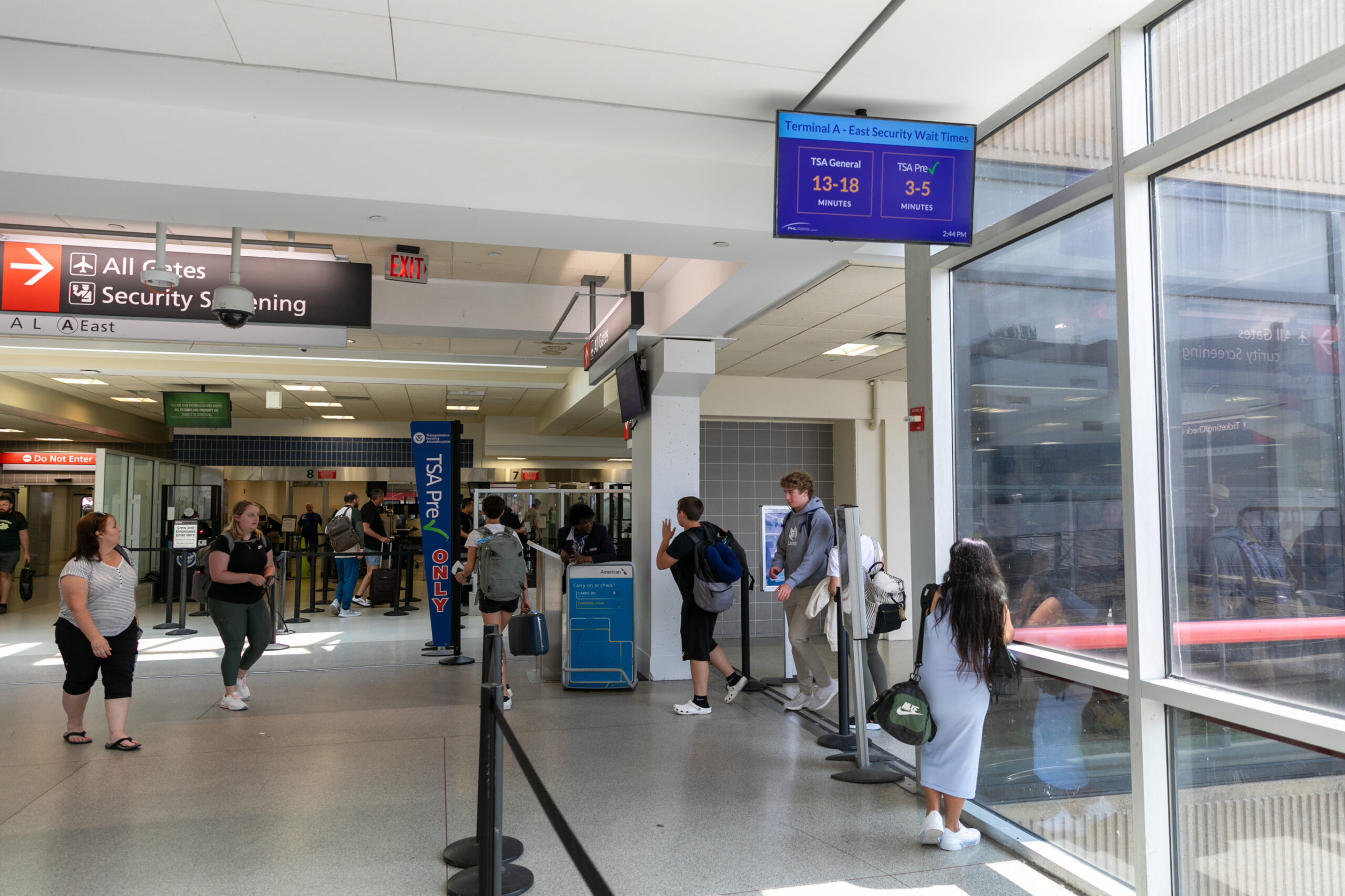Passenger Counting
Passenger counting and monitoring passenger flow at airports are related processes used to manage and optimise passenger traffic through airport terminals. Passenger counting involves accurately tracking the number of passengers entering or exiting an airport at any given time. This data is typically collected through a combination of manual and automated methods, such as ticket sales, check-ins, boarding passes and sensors. The data is then used to help airport operators allocate resources, identify congestion points and improve passenger flow. Monitoring passenger flow is the process of tracking how passengers move through an airport terminal. This includes tracking how long it takes for passengers to pass through security checkpoints, how long they wait in line at ticket counters or baggage check-in areas, and how long it takes for passengers to board or disembark from planes. This data is used to identify bottlenecks, optimise passenger flow and improve the overall airport experience for travellers. By combining passenger counting and monitoring passenger flow, airport operators can make informed decisions about staffing levels, security requirements and facility upgrades. This data also helps operators identify areas where congestion is likely to occur and take proactive measures to prevent delays or bottlenecks. In addition, analysing passenger flow data over time provides valuable insights into how passenger traffic is evolving and what changes may be needed to better serve the needs of travellers. The suppliers on this page provide passenger counting and passenger flow monitoring solutions.







